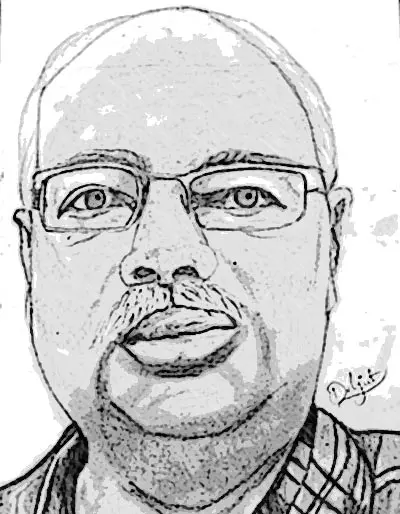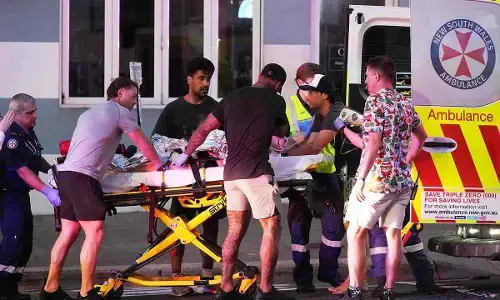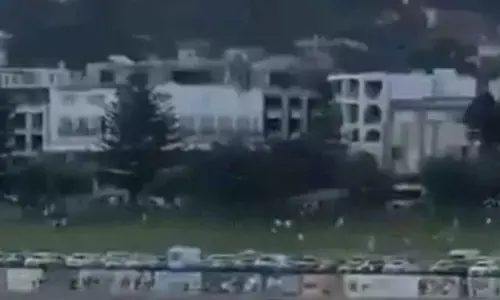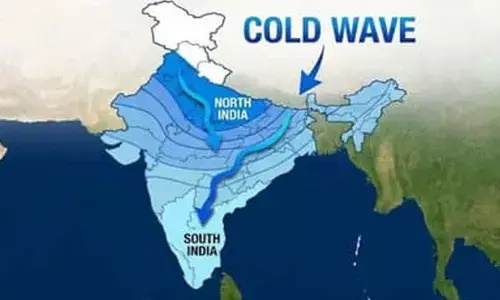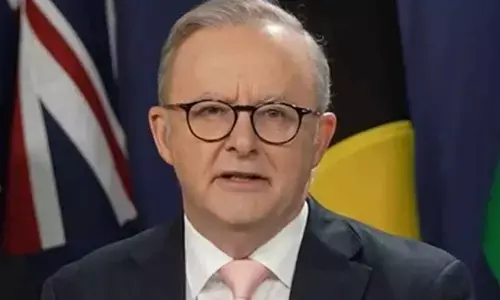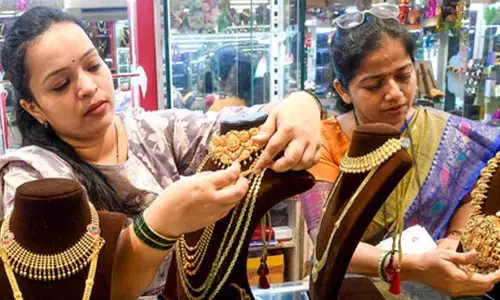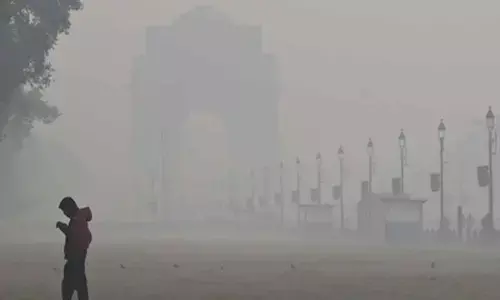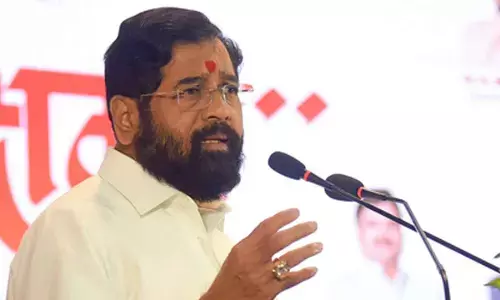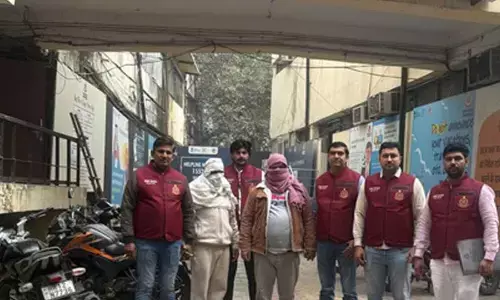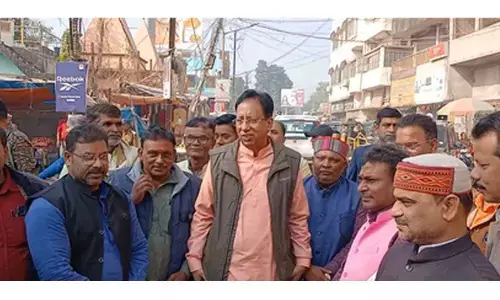Movement For SC Sub-Classification: A long & arduous struggle pays off
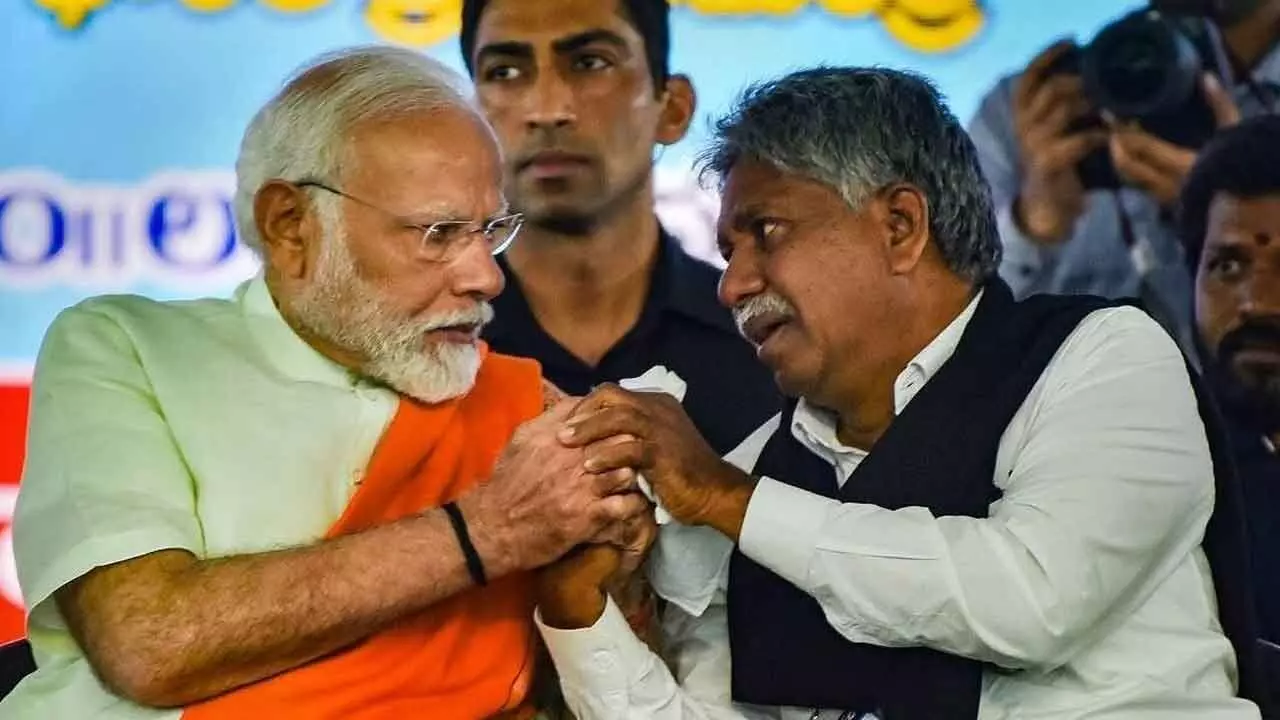
The over four decades long struggle of the most marginalised sections among the SCs, which at times seemed dormant, for the sub-categorisation of the SC list to benefit laggard sections has at last yielded desired result, owing to perseverance of leaders like Manda Krishna Madiga. While in the beginning Chandrababu Naidu took up the issue and went for an ordinance, Narendra Modi extended support during 2024 campaign. Courts went back and forth on the issue over constitutional legality of their just demand. Finally, a Constitutional Bench of the Apex Court has realised the despondency of the aggrieved sections as benefits largely went to a few better-off sections, and delivered a landmark judgement, allowing states to go ahead with the SC categorisation
August 1, 2024 will go down in the history as the day of landmark judgement as the Supreme Court gave its verdict that States can sub-classify SCs. This would help to ensure even distribution of benefits of reservation to the more backward sections which form part of the Constitution’s basic structure.
Justice Arun Mishra rightly pointed out that, “the state cannot be deprived of the power to take care of the qualitative and quantitative difference between different classes... to take ameliorative measures. When reservation creates inequalities within the reserved castes itself, it is required to be taken care of by the State by making sub-classification so that State largesse does not concentrate in few hands and equal justice is provided to all.”
Article 16(4) of the Constitution says, “Nothing in this article shall prevent the State from making any provision for the reservation of appointments or posts in favour of any backward class of citizens which, in the opinion of the state, is not adequately represented in the services under the State”.
The issue of sub-categorisation is not a new one. It has been there almost since the Mandal Commission report was adopted by the Parliament. Based on the Mandal Commission, the OBCs get 27% reservation in jobs and educational institutions. However, there were concerns that there is inequal distribution of benefits among various OBC communities.
As far as Telugu states are concerned, it has witnessed a three-decade-long fight for sub-categorisation. The stir actually began from Prakasam district of Andhra Pradesh under the banner of Madiga Reservation Porata Samithi (MRPS). Manda Krishna took up the fight for sub-categorisation in early 1980 as village-level anti-caste activist in Warangal. He had a valid reason for this. Madigas are the largest among the 59 SC sub-castes in Telangana followed by the Malas.
According to unofficial estimates of the previous Bharat Rashtra Samithi (BRS) government, SCs make up around 19% of the state’s population. According to the 2011 Census, the MRPS claims SC population in the state to be 54.32 lakh, of which Madigas make up 32.22 lakh while 15.27 lakh are Malas. The Madiga community is socially and economically highly backward as compared to the Mala community. The Madigas in Telangana are more backward in terms of education and employment while Malas have reached greater heights both in jobs and politics. In fact, the use of word ‘Madiga’ was used in a derogatory manner for long.
The fight for sub-categorisation took a new turn following the massacre of Dalits at Karamchedu in undivided Andhra Pradesh in 1985 and Tsunduru in 1991. Manda Krishna got associated with the larger Dalit movements and started consolidating the SC communities. The Madigas always felt that the Dalit movements were being dominated by Malas who were not extending support for justice to the Madiga and other marginal communities among the SCs. Hence, he formed MRPS in July 1994 in Prakasam district, along with Krupakar Madiga, Dandu Veeraiah Madiga, Kommuri Kanaka Rao Madiga, Mary Madiga and others. They added the word Madiga as suffix to their names and started a massive campaign for sub-categorisation as A,B,C and D categories. The movement spread like a wild fire across the erstwhile AP.
The MRPS organised a public meeting near the statue of Babu Jagjivan Ram at Nizam College on September 2, 1996. This meeting proved to be a historic one as over one lakh Madigas from various districts of AP took part and did not budge despite continuous rain. They were demanding that the then CM N Chandrababu Naidu attend the meeting and announce classification of SCs. Naidu around 6 pm on that day sent a delegation comprising TDP leaders Manda Jagannadham, S Rajaiah and Sudarshan to Krishna Madiga and they assured that the government was committed to do justice to them.
But the rallyists were not satisfied and finally around 10 pm Naidu himself went there and announced that he would form a commission to study the issue and submit a report within 45 days.
Accordingly, Naidu formed the commission with Justice P Ramachandra Raju for enquiry into the differential benefits of reservation by Mala and Madiga sub-castes and to recommend the need for categorisation of SCs into groups for equal distribution of reservation benefits.
Based on the commission’s recommendation, the TDP government announced sub-categorisation and issued a GO classifying the reservations among the SCs in education and employment sectors.
But unhappy over this, the Mala Mahanadu filed a writ petition in the High Court challenging the GO and the court struck it down on technical grounds. The TDP government then moved the national SC/ST Commission in Delhi, submitted all the data and in October 1998 the cabinet approved the proposal to issue an ordinance on categorisation and it was sent to the then Governor C Rangarajan who sent it to the President of India K R Narayanan for his opinion. Finally, the President also approved it and the ordinance was issued in December 1999. But the Mala Mahanadu knocked on the doors of apex court which struck it down on technical grounds saying states have no right to carry out categorisation.
This became a major political issue, and national and regional parties wanted a constitutional amendment. This led to several agitations by MRPS. In the 2004 elections, TDP lost to Congress party which won 185 of the 294 seats. During the Congress regime, Manda Krishna took up a walkathon for 55 days covering 1,600 km. The walkathon concluded with a mammoth meeting in which people from AP, Karnataka, Maharashtra and Tamil Nadu participated. The MRPS charged the Congress government led by Y S Rajasekhara Reddy with failing to persuade the Centre to introduce a bill in Parliament. The MRPS was also unhappy that the state government failed to lead a delegation to Delhi. They finally relented when the Congress government announced its willingness to take an all-party delegation to Delhi.
The intensity of the agitation was such that the AICC which wanted to hold its plenary in Hyderabad in 2006 which was to be attended by AICC president Sonia Gandhi and the then Prime Minister Manmohan Singh had tough time convincing the MRPS to call off the ‘Kurukshetra Mahasabha,’ demanding that Congress bring in constitutional amendment scheduled to coincide with the plenary. Repeated pleas by YSR failed and, finally, YSR, Digvijay Singh and K Kesav Rao assured that they would extend support to the cause and the Mahasabha was called off. The struggle continued and an exasperated Krishna announced fast-unto- death in December 2008 demanding that the government introduce a bill on SC classification in Parliament. It ended with the arrest of Krishna after 8 days of tension. The struggle did not end and, finally, before the Telangana Lok Sabha elections 2024, Krishna got the support of the Prime Minister Narendra Modi for his cause. Modi assured him that the government would try for categorisation of the SCs once the court gives its verdict which came on August 1.
The issue of categorisation is not unique for the Telangana. It may be recalled that the Punjab government in 1975 issued a notification dividing its existing 25% reservation for the SCs into two categories. 50% of the seats reserved for the SCs were to be offered to Balmikis (Valmikis) and Mazhabi Sikhs, while the other half was for the remaining groups within the category.
This remained in effect till 31 years until the Supreme Court’s five-judge bench in the EV Chinnaiah vs Andhra Pradesh case set aside a similar law in Andhra Pradesh. The apex court then felt that the act was violative of right to equality. The court held that the SC list must be treated as a single, homogenous group. It also said that according to Article 341 of the Constitution, the power to create a list of SC communities for the purpose of reservation rests with the President. So, the states don’t have the power of sub-classification.
In 2017, the BJP-led NDA government proposed sub-categorisation of SCs and constituted a commission led by Justice G Rohini. The commission submitted its report in 2023. It said 97% of the reserved jobs and seats had gone to 25% of OBC sub-castes, and only 10 OBC communities have taken the 25% of reserved central jobs and institutional seats. It further said that 37% of the 2,600 communities under OBC category had zero representation in jobs and only 2.68% reservation has been used by 994 castes. The final report was submitted on July 21, 2023 to President of India Droupadi Murmu and a year later, the apex court gave its decision permitting the states to go in for sub- categorisation of the SCs. One hopes that this judgement would be used by the political parties to ensure that the justice is done to the SCs in a genuine manner and they get benefits in education and jobs rather than use it for narrow political gains.

